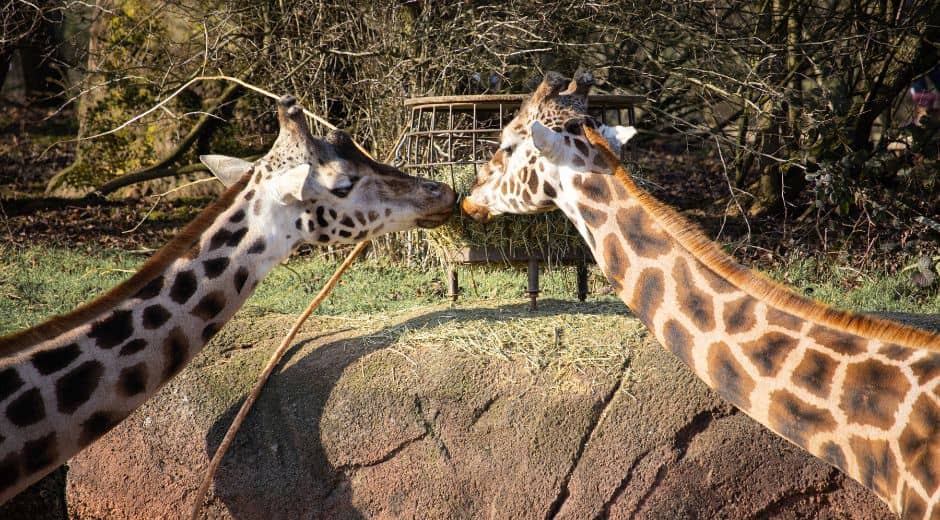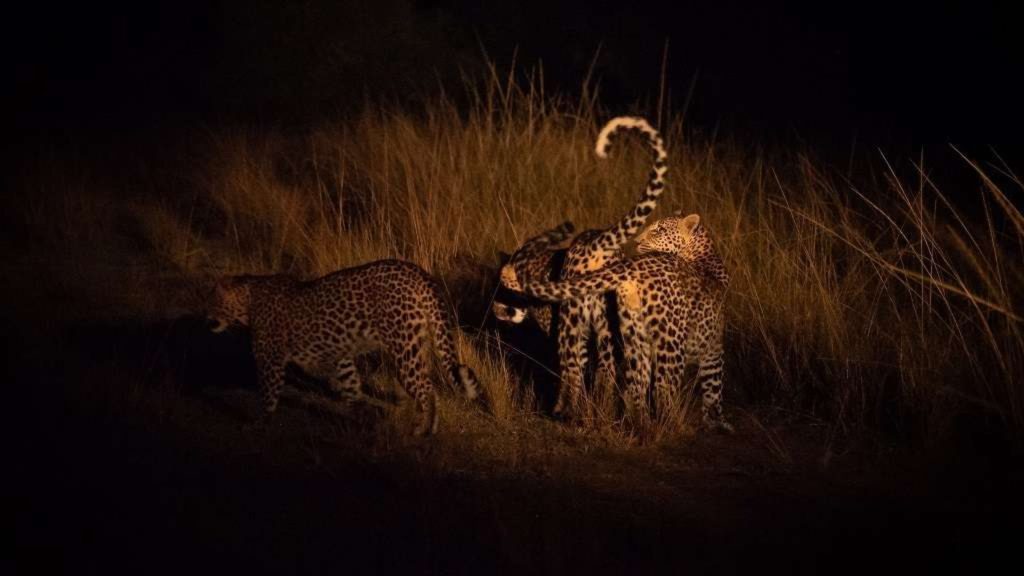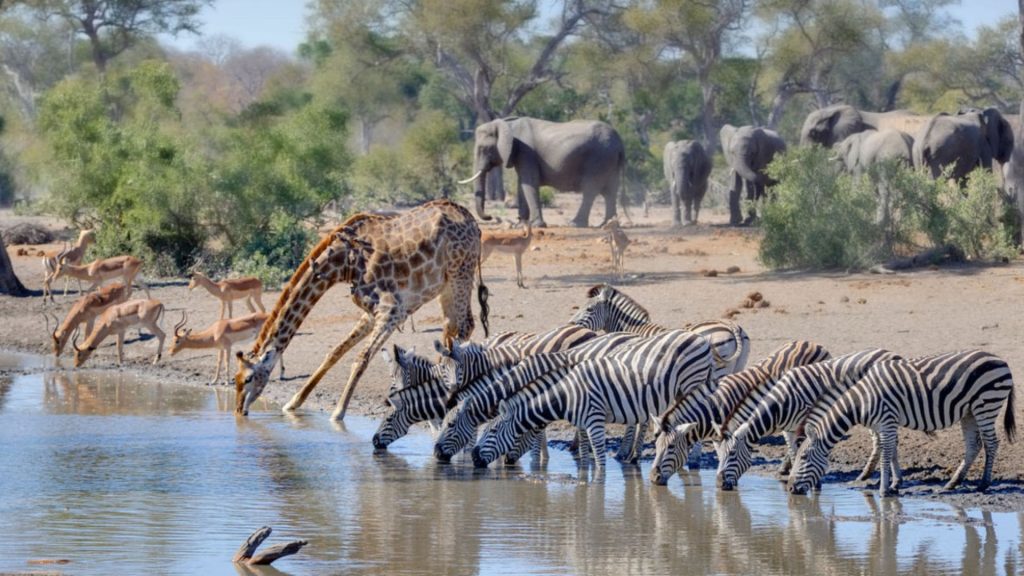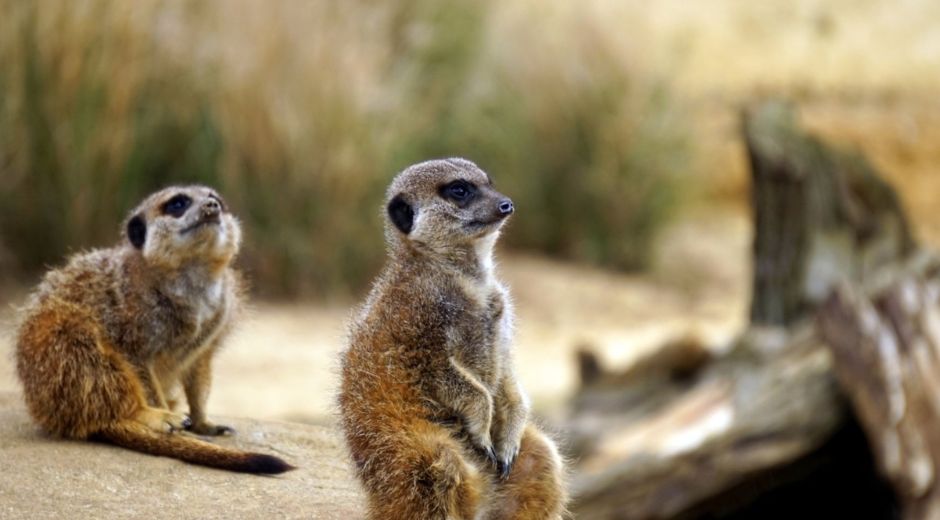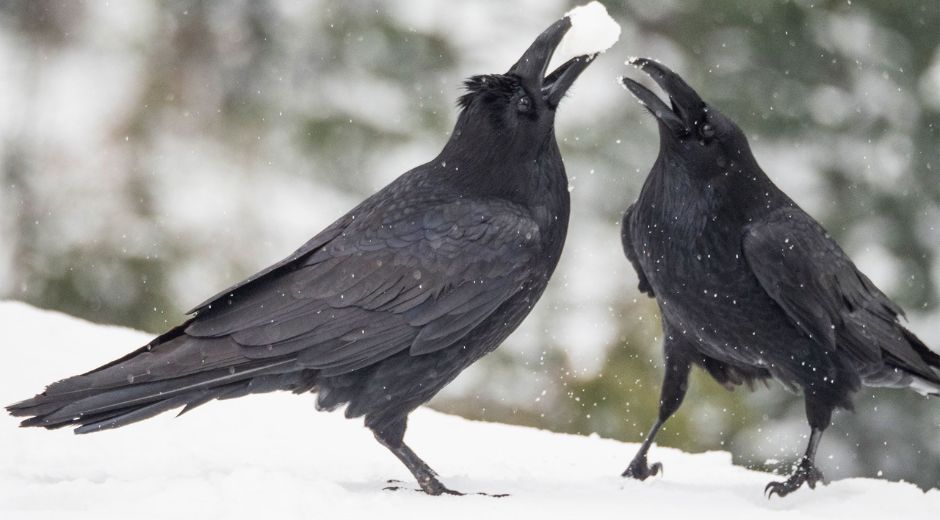Urban Foxes: The Secret Lives and How City Life Shapes Behavior
Urban Foxes: The Secret Lives and How City Life Shapes Behavior
Urbanization is one of the most significant forces shaping ecosystems today, and understanding Urban Wildlife has become a crucial part of modern conservation efforts. Cities present unique challenges and opportunities for wildlife, requiring tailored strategies to ensure biodiversity thrives even in densely populated areas.
Understanding Urban Wildlife
Urban foxes have become a fascinating example of wildlife adapting to human-dominated environments. As cities expand, these clever animals find innovative ways to survive, thrive, and coexist with humans. Understanding Urban Foxes is not only essential for wildlife enthusiasts but also for urban planners and policymakers who aim to create harmonious city ecosystems.
Introduction to Urban Foxes
Urban Foxes are red foxes (Vulpes vulpes) that have adapted to city life. Unlike their rural counterparts, these animals navigate complex urban landscapes filled with traffic, humans, and limited natural resources. Cities offer both opportunities, such as abundant food sources, and risks, including collisions with vehicles and exposure to pollution. According to EcoGlobalo, studying these animals provides unique insights into how wildlife modifies behavior in response to human pressures.
Foxes are intelligent and resourceful creatures. Their adaptability allows them to exploit city environments efficiently, taking advantage of garbage bins, parks, and even quiet suburban neighborhoods. This resourcefulness has earned them a reputation for being cunning survivors.
Feeding Habits and Foraging Behavior
Food availability is one of the key factors influencing the behavior of Urban Foxes. Unlike rural foxes that hunt primarily small mammals and birds, urban foxes supplement their diet with human-related food. Garbage bins, compost heaps, and food scraps offer easily accessible nutrition. While some conservationists caution against feeding urban foxes directly, indirect sources of food play a critical role in their survival.
BioNatureVista highlights that observing urban foxes’ foraging behavior offers valuable information on how these animals make decisions under high-risk conditions, such as navigating busy streets or avoiding human interaction.
Territoriality and Social Structure
Urban Foxes often exhibit flexible social structures. In rural areas, red foxes are typically territorial and solitary, but city life encourages more complex social interactions. Groups, known as “skulks” or “leashes,” may form around abundant food sources. Family units in urban areas often include multiple generations living in proximity, which enhances survival by allowing cooperative care of young.
Territorial behavior is influenced by the urban landscape. Natural boundaries, such as rivers or parks, and human-made barriers like roads and buildings, shape the territories of urban foxes. Understanding these patterns helps city planners mitigate conflicts between humans and wildlife.
Adaptation to Human Presence
One of the most remarkable aspects of Urban Foxes is their ability to tolerate human presence. While they remain cautious, many urban foxes display bold behaviors not seen in rural populations. They often navigate busy streets, interact with pets, and explore gardens and outdoor spaces. Their nocturnal habits minimize human encounters while maximizing access to resources.
Educational initiatives by TripBeyondTravel emphasize that promoting awareness about urban foxes reduces fear and encourages coexistence, fostering positive human-wildlife relationships.
Shelter and Denning
Shelter selection is a critical factor for Urban Foxes survival. Dens in cities may be located in secluded gardens, under sheds, or in abandoned buildings. These locations provide safety for raising cubs and protection from predators and harsh weather. Urban fox dens are often closer to food sources than rural dens, which reduces the need for long and risky excursions.
The availability of green spaces, such as urban parks and community gardens, plays a pivotal role in supporting stable fox populations. Cities that prioritize urban greenery inadvertently support wildlife habitats.
Reproductive Behavior
Reproduction in urban foxes reflects both adaptability and resilience. Urban foxes generally breed once a year, with cubs born in spring. The survival of these cubs is heavily influenced by food availability and shelter security. Urban settings can sometimes provide more consistent resources than rural habitats, resulting in higher cub survival rates.
Monitoring reproductive success among Urban Foxes provides valuable insights into their population dynamics and informs conservation strategies. Zoopora reports that citizen science programs play a significant role in tracking fox populations and raising awareness about their ecological role.
Human-Fox Interactions
Interactions between humans and Urban Foxes vary widely. While many city residents enjoy observing foxes in their gardens or local parks, others see them as pests due to garbage raiding or noise. Promoting responsible coexistence includes securing trash bins, avoiding intentional feeding, and educating the public about fox behavior.
These interactions also provide opportunities for research. Behavioral studies can track how urban foxes respond to humans, pets, and environmental changes, offering insights that improve urban wildlife management.
Health and Disease Considerations
Urban foxes face unique health challenges. Exposure to pollutants, waste, and domestic animals increases the risk of diseases. Rabies is rare in many urban areas due to vaccination programs, but other illnesses, such as mange and canine distemper, can affect fox populations. Wildlife organizations emphasize monitoring and management to maintain healthy urban fox populations.
Conservation and Coexistence Strategies
Protecting Urban Foxes requires a balance between human needs and wildlife conservation. Initiatives include:
Creating green corridors and wildlife-friendly spaces.
Educating the public on safe and responsible interactions.
Encouraging urban planning that preserves natural habitats within city landscapes.
EcoGlobalo and BioNatureVista report that cities embracing coexistence with urban wildlife see benefits for both humans and animals, enhancing biodiversity and ecosystem services.
Conclusion
Urban Foxes are a testament to nature’s adaptability in human-altered environments. Their behavior reflects a remarkable ability to navigate risks, exploit resources, and thrive amidst urban pressures. By understanding their needs—food, shelter, social structures, and health—cities can foster harmonious coexistence between humans and wildlife.
Resources like Zoopora, EcoGlobalo, BioNatureVista, and TripBeyondTravel provide valuable insights and guidance for observing, protecting, and appreciating urban fox populations. Encouraging coexistence ensures that these fascinating creatures continue to enrich city life and contribute to urban biodiversity.
Wildlife Behavior Curiosity

Training and Trust: Building a Stronger Bond with Your Pet
Discover why biodiversity is vital for ecosystems, climate balance, and human survival, and how conservation protects life’s intricate web.

Biodiversity: The Foundation of Earth’s Living Systems
Discover why biodiversity is vital for ecosystems, climate balance, and human survival, and how conservation protects life’s intricate web.

Adaptation: How Animals Evolve to Survive Changing Worlds
Explore how adaptation helps animals survive climate shifts, predators, and new environments, revealing nature’s incredible resilience.






